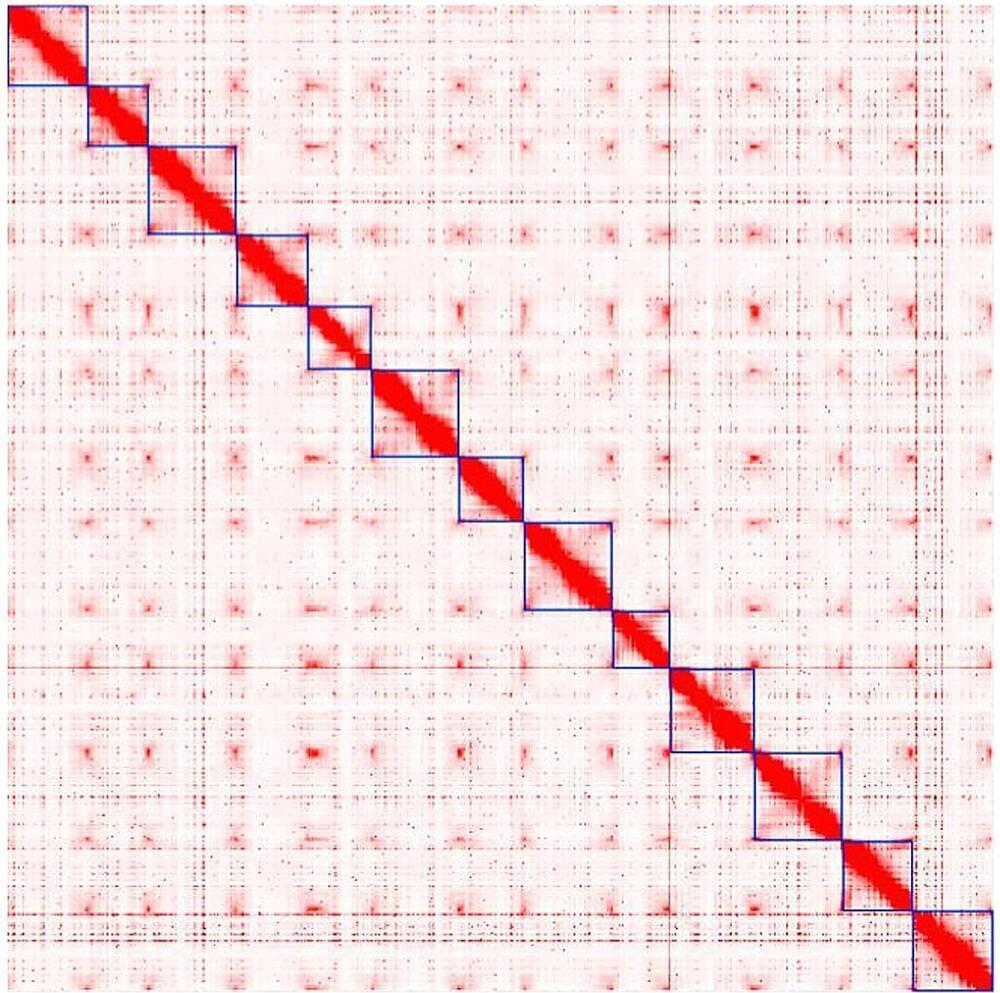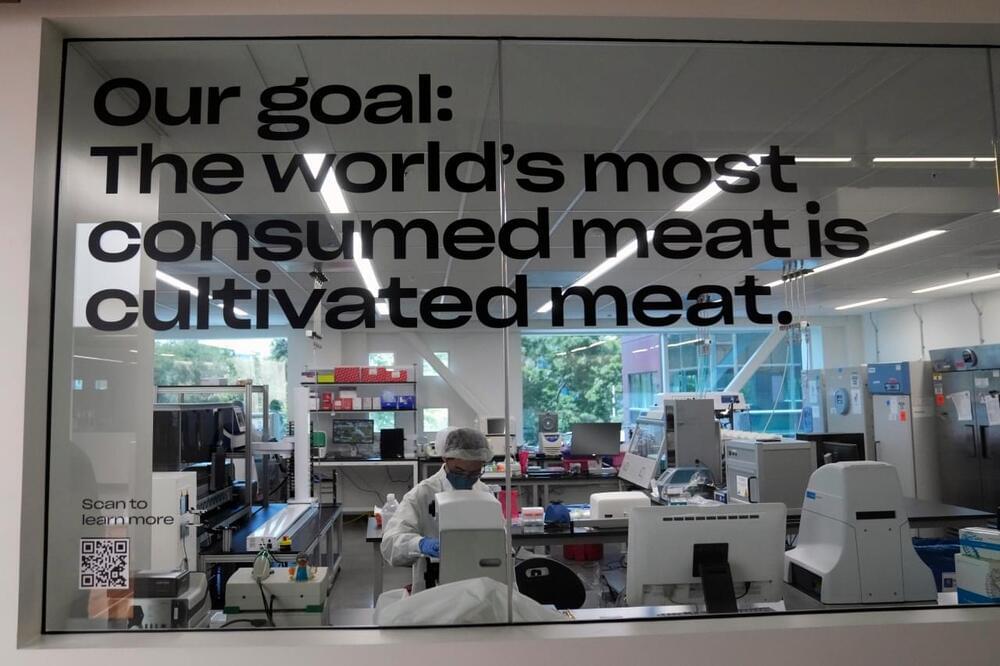Cotton is the primary source of natural fiber on Earth, yet only four of 50 known species are suitable for textile production. Computer scientists at DePaul University applied a bioinformatics workflow to reconstruct one of the most complete genomes of a top cotton species, African domesticated Gossypium herbaceum cultivar Wagad. Experts say the results give scientists a more complete picture of how wild cotton was domesticated over time and may help to strengthen and protect the crop for farmers in the U.S., Africa and beyond.
The findings are published in the journal G3 Genes|Genomes|Genetics. Thiru Ramaraj, assistant professor of computer science in DePaul’s Jarvis College of Computing and Digital Media, is lead author on the publication. Leaps in technological advancement in the past decade made it possible for Ramaraj to analyze the genome in his Chicago lab.
“The power of this technology is it allows us to create high-quality genomes that supply a level of detail that simply wasn’t possible before,” says Ramaraj, who specializes in bioinformatics. “This opens up the possibility for more researchers to sequence many crops that are important to the global economy and to feeding the population.”








